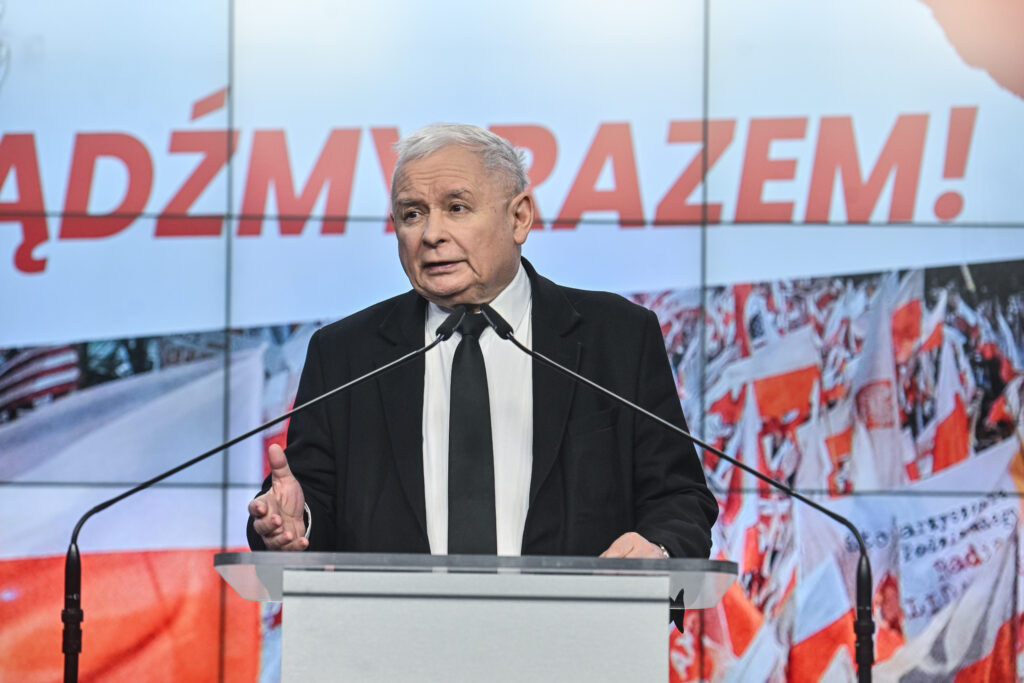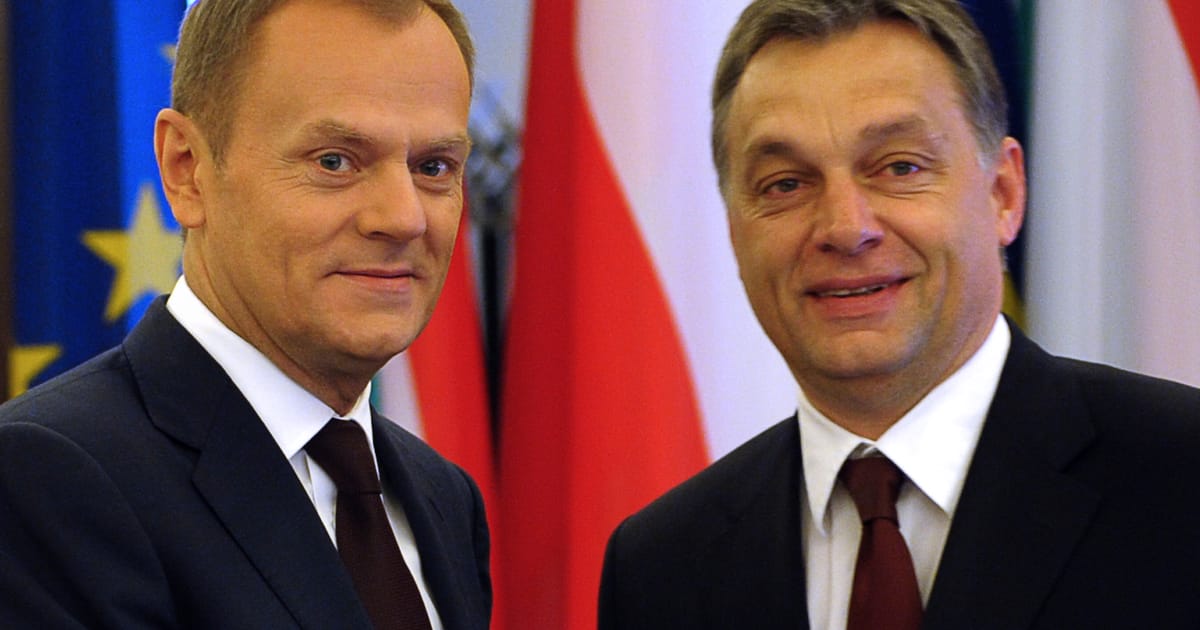Their parties were both in the conservative European People’s Party in the European Parliament, both had cut their teeth in the anti-communist opposition in the late 1980s, and both had often encountered each other as they rose through the ranks in their respective countries.
“Being in the same EU party and sharing a passion for football, Orbán and Tusk were said to have a warm relationship back then,” said Edit Zgut-Przybylska, assistant professor at the Institute of Philosophy and Sociology at the Polish Academy of Sciences.
“This relationship covered a lot of things,” added Zsombor Zeöld, a Budapest-based expert on Polish-Hungarian relations. “When Donald Tusk was elected president of the European Council, he still had the political support of Viktor Orbán. But then, sometime in the mid-2010s, this relationship broke down, and I think this went hand-in-hand with the fact that Fidesz’s relations with Europe, its relations with the European institutions, with so-called Brussels, also broke down.”
 Jaroslaw Kaczyński strove to emulate Viktor Orbán — at one point even saying he would turn Warsaw into Budapest. | Omar Marques/Getty Images
Jaroslaw Kaczyński strove to emulate Viktor Orbán — at one point even saying he would turn Warsaw into Budapest. | Omar Marques/Getty Images
As Tusk moved into the center of the Brussels bubble, Orbán’s battle against the European institutions gathered force. At the same time, Tusk’s Civic Platform party lost power to Kaczyński’s PiS in 2015 — and the world views of Fidesz and PiS were much closer, even though PiS belonged to the right-wing European Conservatives and Reformists.
Once in power, Kaczyński strove to emulate Orbán — at one point even saying he would turn Warsaw into Budapest. PiS followed the Hungarian model of trying to put the media and courts under tight political control, although the Polish party ran into more opposition than Orbán did in his power grab in Hungary.
That made both Warsaw and Budapest targets for EU worries about backsliding on democracy — and strengthened their alliance to resist that pressure from Brussels.
